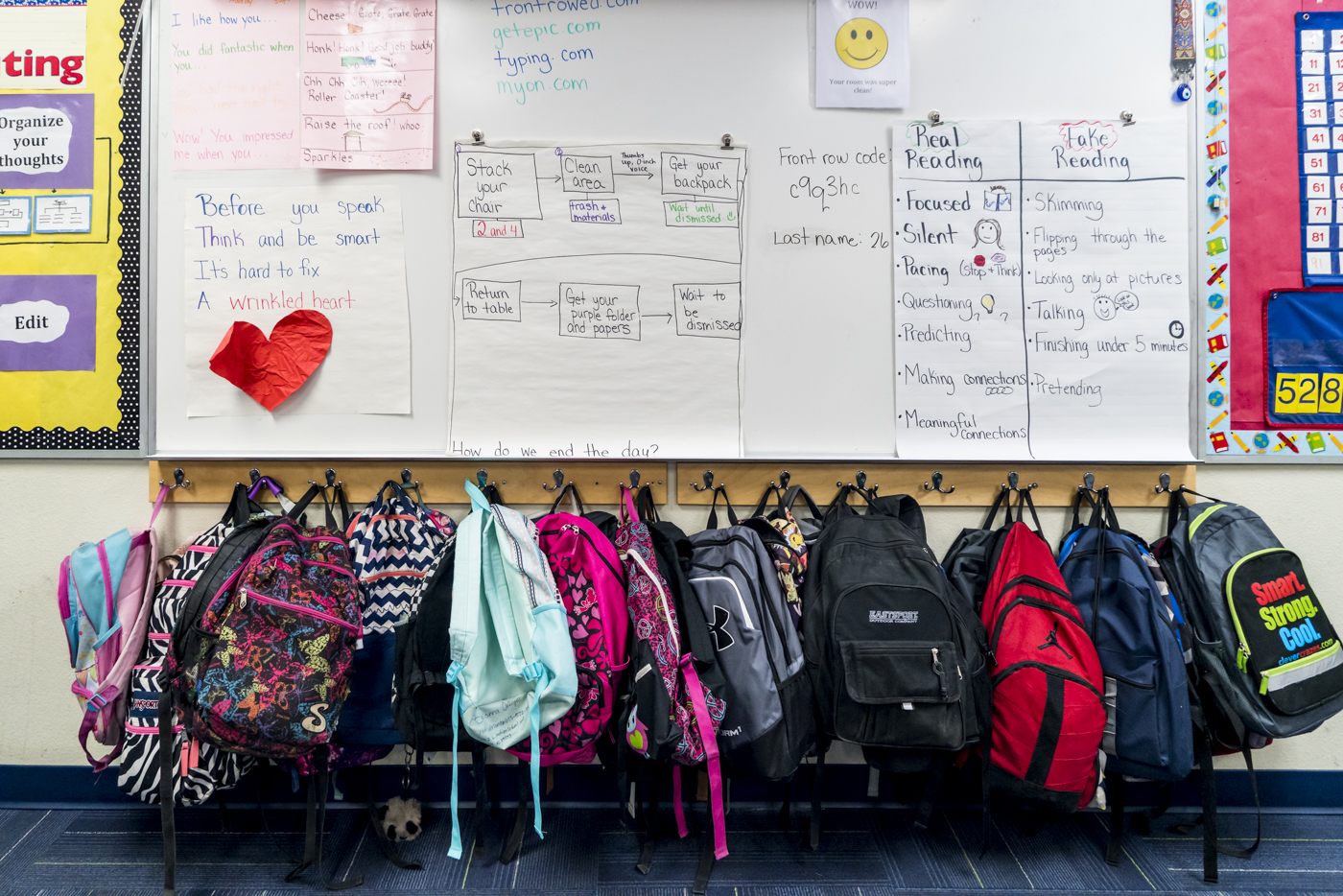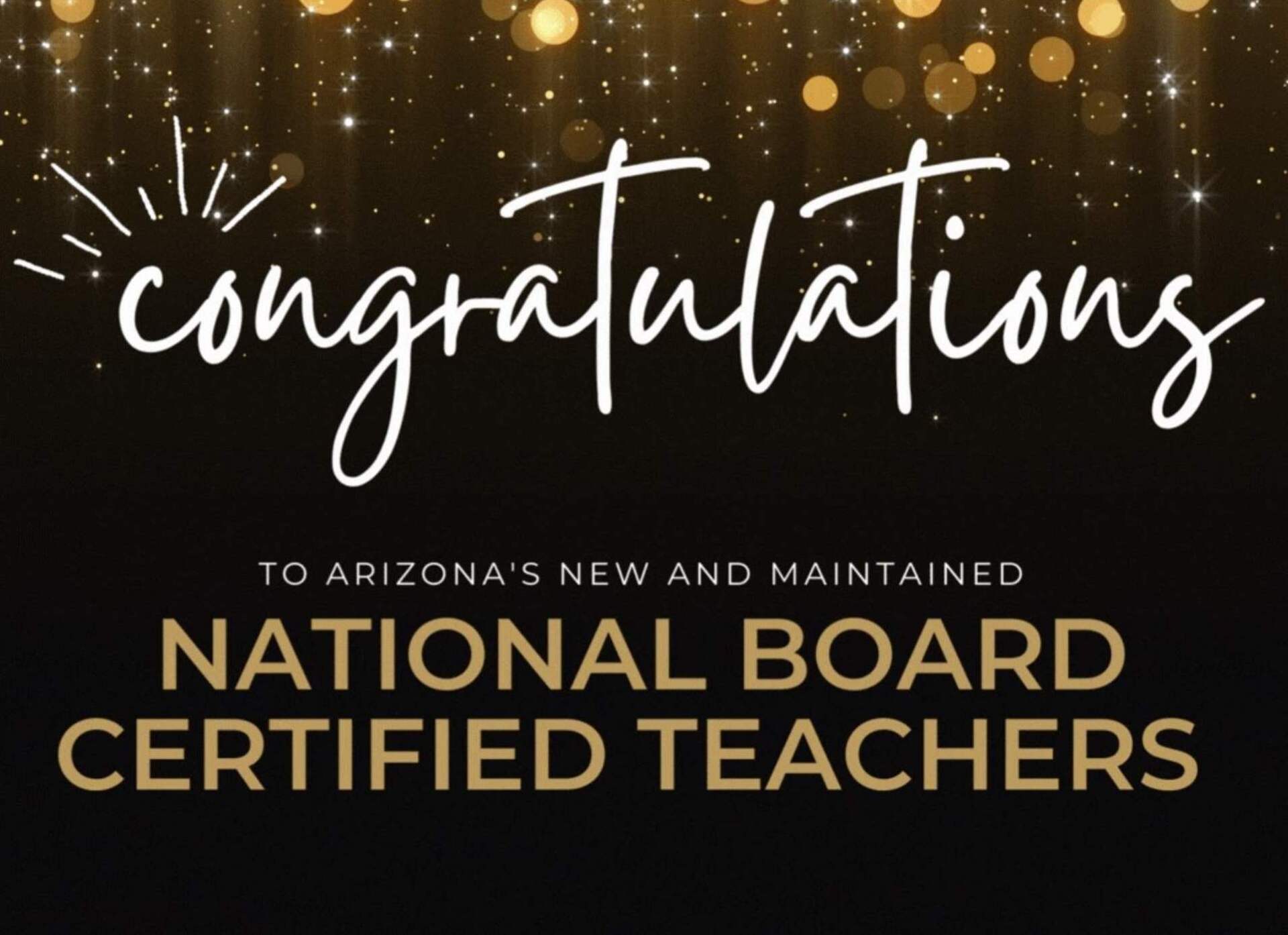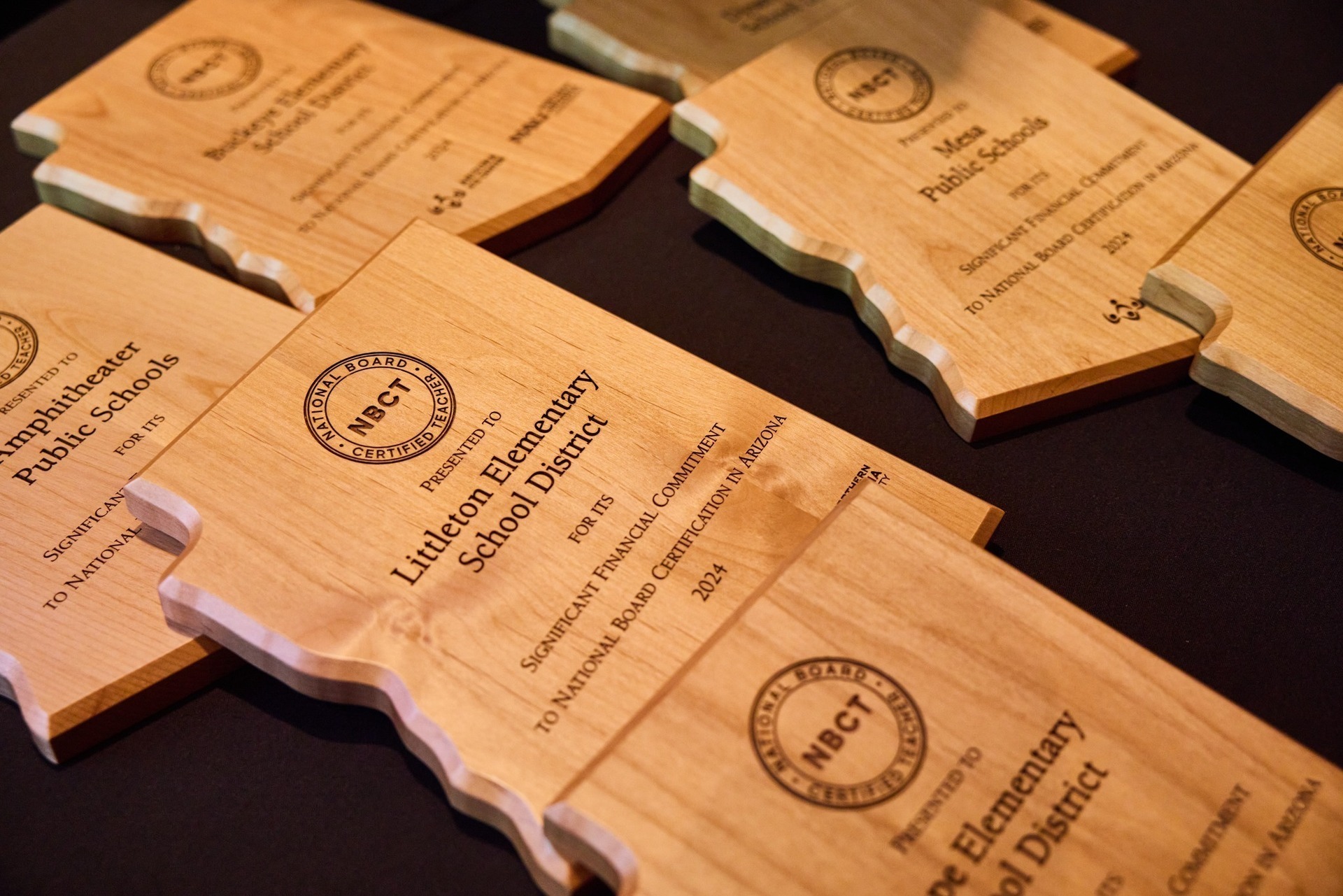Your Complete End-of-Fall-Semester Checklist
In sports, when athletes are done with a workout, they do a cooldown to recover and restore their bodies for the next workout.
Teachers are like athletes in that way — when a semester is over, teachers tie up loose ends and get things in order for the next semester. The end of the fall semester — when daily planning responsibilities dwindle — is a critical time to start planning for next semester’s success.
Here we’ve compiled the undisputed end-of-fall-semester checklist, which will guide you through cooling down your own type of intense workout!
Organize and Declutter
Your classroom may be in sore need of attention after a whirlwind semester. Once students are gone, organize your closet, office space, lab area, and any other spaces that may need attention. Clear out all papers, either by sending them home with students or sending them straight to the recycling bin. If you have a student TA, take advantage of their help and put them on the job.
Reconcile Your Gradebook
Particularly if you are starting on this checklist before the semester is over, you will need to reconcile your gradebook anyway, so you may as well get started early.
Scan your gradebook for any missing grades — for example, from a student who was absent earlier in the semester and never made up an assignment. Or if you have a stack of late/make-up work, start making your way through those assignments.
Connect With Families
The end of the semester is a great time to both report on your students’ fall semester successes and to work with their families to plan for a strong spring semester. For example, does one of your students need more support in completing homework? Did one fall behind on reading skills and could benefit from extra practice at home? Now is the perfect time to have these conversations.
Plan for Spring
We’ve still got an entire semester before we break for summer, and planning in advance for the spring semester will help stave off late-year burnout. Ideally, you already know what your units of study will be; if not, start there. Then plan out the daily lessons for the first unit, so that when you return in January, you will be ahead of the curve. This approach is preferred over planning day-to-day, which is taxing on you and can also result in lower-quality lessons. If you’re extra motivated, print the papers you will need for the first week of the new semester as well.
Reflect and Review
Thinking about both sides of the coin — what went well and what you’d like to improve on — will help you plan for a better second semester. Specifically, reflect on your classroom management practices; the best time to reset and retrain on one that didn’t go well in the fall is at the start of the spring.
Your grading policies and gradebook could also warrant a review, as they may be tweaked in advance of the coming semester. Just be sure to announce any changes to your students as soon as you return.











